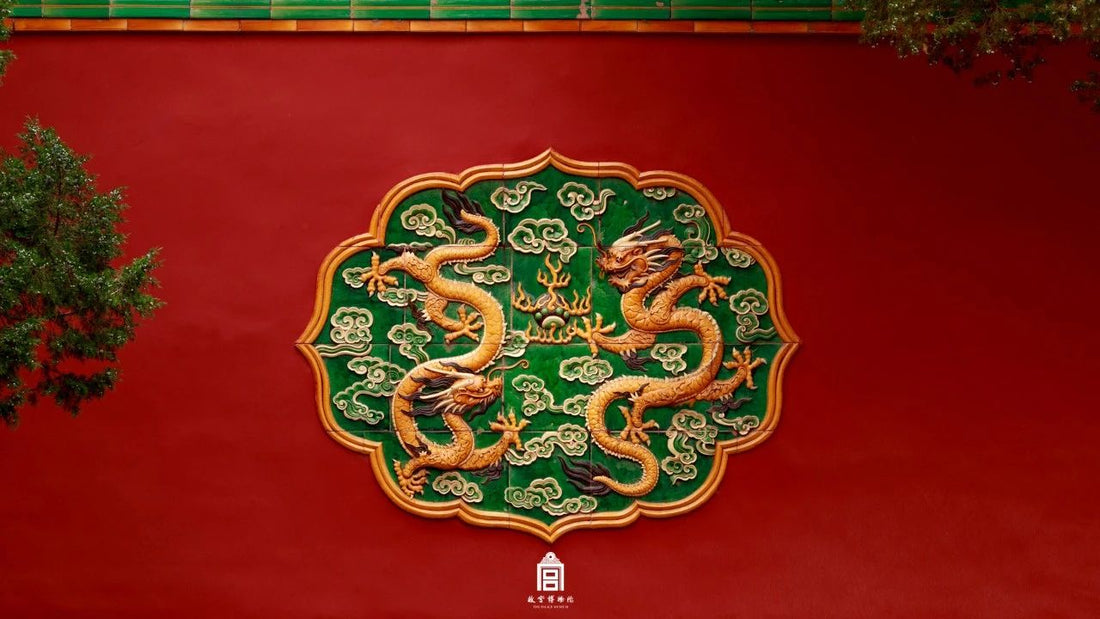
The Imperial Life of Ming & Qing Dynasty At the Forbidden City, Peking
Share
The Forbidden City, one of the world's most famous and historically significant landmarks, stands as a testament to China’s rich cultural heritage. Situated in the heart of Peking, this ancient palace complex has been the political center of Chinese emperors for almost six centuries. The Forbidden City remains a magnificent symbol of China’s imperial past and artistic brilliance.
The Origins of the Forbidden City
Constructed in the early 15th century during the Ming Dynasty under the reign of Emperor Yongle, the Forbidden City was home to 24 emperors from the Ming and Qing dynasties. It was designed to be the political and ceremonial center of Chinese imperial rule. The palace complex covers about 180 acres (72 hectares), with nearly 1,000 buildings and over 9,000 rooms, making it the largest palace complex in the world.
It was not just a residence but a grand symbolic representation of the emperor's absolute power. The layout of the Forbidden City follows strict principles based on Chinese cosmology、Five Phases and Feng Shui, designed to reflect the emperor's connection with the heavens.

Chinese Art Paradise: The Forbidden City’s Cultural Significance
Today, the Forbidden City is renamed the Palace Museum, housing one of the largest and most comprehensive collections of Chinese art in the world. Its vast galleries display over a million pieces of art and historical artifacts, ranging from paintings and calligraphy to ceramics, bronzes, jade, and imperial treasures.
 A Living History: The Forbidden City’s Role in Modern Times
A Living History: The Forbidden City’s Role in Modern Times
Over the centuries, the Forbidden City has witnessed pivotal moments in Chinese history. From the rise of dynasties to the fall of imperial rule, the palace has been at the heart of political and cultural developments. After the fall of the Qing Dynasty in 1912, the Forbidden City was officially opened as the Palace Museum in 1925, allowing the public to experience its treasures.

Today, the Forbidden City continues to attract millions of visitors each year, both from within China and around the world. It’s not only a place for historical exploration but also a center for cultural preservation and education. Through modern initiatives, including digital archives and virtual tours, the museum is ensuring that this treasure trove of Chinese culture can be enjoyed by future generations.
